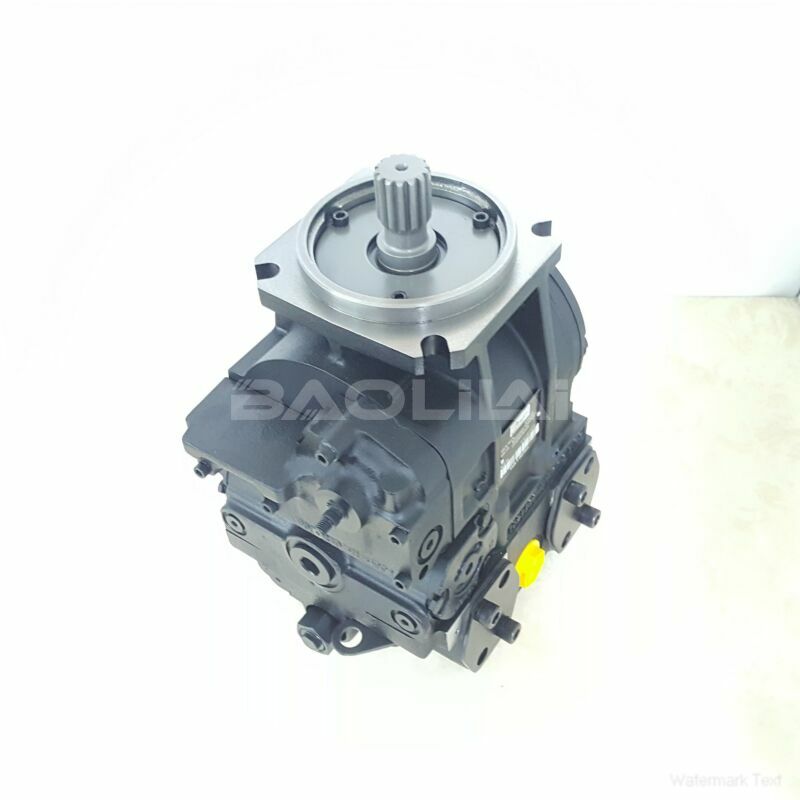90L075MA1BC60S3S1D03GBA353524 danfoss pump
90L075MA1BC60S3S1D03GBA353524 danfoss pump

- Product Details
- Applicable Scene
In the realm of aerospace engineering, the efficiency and reliability of systems operating in high-speed environments are critical factors that determine the overall performance of aircraft. Among the various components that contribute to this performance, hydraulic oil pumps play a vital role in supersonic aircraft, where they facilitate numerous functions essential for flight control and operation. This article explores how hydraulic oil pumps enhance performance in these advanced aircraft.
90-L-075-MA-1-BC-60-S-3-S1-D-03-GBA-35-35-24
90L075MA1BC60S3S1D03GBA353524
One of the primary functions of hydraulic systems in supersonic aircraft is to manage flight control surfaces, such as ailerons, elevators, and rudders. These surfaces are vital for maneuverability and stability, particularly at high speeds. Hydraulic oil pumps provide the necessary hydraulic pressure to actuate these control surfaces, allowing for rapid and precise movements. This capability is particularly crucial during supersonic flight, where aerodynamic forces are significantly increased, and quick responses are essential for maintaining control.

95-2426
Additionally, hydraulic oil pumps assist in operating landing gear systems, which must withstand high speeds and forces during takeoff and landing. The hydraulic system, powered by these pumps, allows for smooth deployment and retraction of the landing gear, which is essential for passenger safety and aircraft performance. In supersonic flight, where the dynamics of landing gear can be more complex due to the speeds involved, reliable hydraulic systems ensure that these components operate seamlessly under challenging conditions.
Another significant aspect of hydraulic systems in supersonic aircraft is their role in managing auxiliary systems, such as brakes and thrust reversers. Hydraulic oil pumps supply the necessary pressure to activate braking systems that are crucial for deceleration and landing, especially given the high speeds that supersonic aircraft reach. The efficiency of hydraulic systems in this context contributes to shorter stopping distances, enhancing safety during landing operations.





